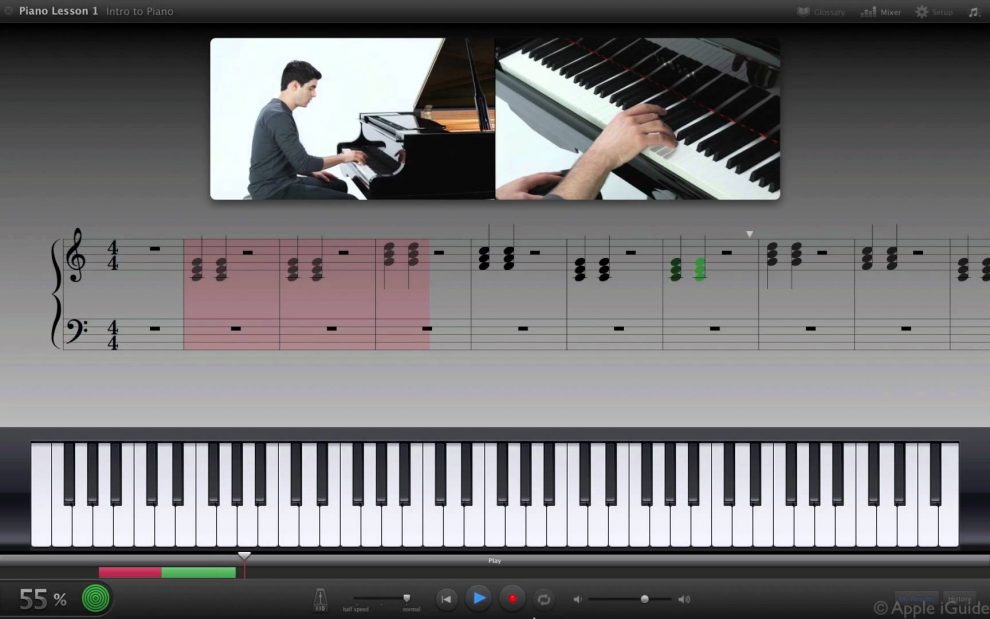RX has many different tools for removing noise and other audio problems. To get started, its important to identify the problems with your file and identify which RX tool or tools will give you the results you want.
- Izotope Rx Download
- Broadband Noise Spectral Repair Izotope Rx Vinyl Pro
- Broadband Noise Spectral Repair Izotope Rx Vinyl 1
Hum and Buzz
Hum is usually the result of electrical noise somewhere in recorded signal chain. It can usually be heard audibly as a low frequency tone, usually based at either 50Hz or 60Hz depending on whether the recording was made in North America or Europe. In RX's Spectrogram Display, you will be able to see hum as a series of horizontal lines, usually with a bright line at 50 or 60Hz and several less intense lines above it at harmonics. See below:
Get the guaranteed best price on Restoration & Noise Reduction Software like the iZotope RX 4 Advanced Audio Repair Tool Software Download at Musician's Friend. Get a low price and free shipping on. RX Elements RX Elements is the perfect introduction to the world of audio repair, offering essential tools to remove noise, clipping, clicks, and other problems that plague small studios. Get four of our best repair tools, a standalone audio editor, and the brand new Repair Assistant at an affordable price. RX Elements RX Elements is the perfect introduction to the world of audio repair, offering essential tools to remove noise, clipping, clicks, and other problems that plague small studios. Get four of our best repair tools, a standalone audio editor, and the brand new Repair Assistant at an affordable price. Spectral Repair. Spectral repair is a tool for interpolating selected areas on a time-frequency spectrogram. It is able to provide higher quality than the Declicker tool for long corrupted segments of audio (above 10 ms). WHAT IS IZOTOPE RX? IZotope RX is designed to be the definitive audio restoration application. RX features innovative new processing technology for removing noise and repairing audio. In addition, its unique workflow features are designed to help you get the.
In situations like this example, which has only a few harmonics, RX's Hum Removal module is the best tool for the job. Hum Removal lets you set the primary frequency of the hum and lets you control suppression of up to 7 harmonics above the low frequency.
In some cases, the electrical noise will extend up into higher frequencies, this will often manifest itself as a background buzz. See the example below:
In situations like this example, where the hum's harmonics extend into high frequencies, try using the Denoiser module. Denoiser can work with this type of noise as well and features a Tonal Noise suppression control, which can often control high frequency buzz more effectively than Hum Removal.
Hiss and other Broadband Noise
Unlike hum and buzz, broadband noise is spread throughout the frequency spectrum and not concentrated at specific frequencies. Tape hiss and noise from fans and air conditioners are good examples of broadband noise. In RX's Spectrogram Display, broadband noise usually appears as speckles that surround the program material. See image below:
RX's Denoiser module is the go-to tool for removing noises of this type.
Clicks, Pops and other short impulse noises
Clicks and pops are common on recordings made from vinyl, and can also be introduced by some kinds of digital errors, including recording into a DAW with improper buffer settings. These short impulse noises appear in RX's spectrogram as vertical lines. The louder the click or pop, the brighter the line will appear. Below is an example of clicks and pops from a recording made from vinyl:
RX's Declicker includes both automatic and manual tools for removing clicks and pops.
Clipping
If you have an iPad 2 or later running iOS 6 or later, download Apple’s free from the App Store. 
Clipping is a common problem that occurs when a loud signal distorts on input to a sound card/converter, mixing console, field recorder or other piece of equipment. The result is overload distortion. This clipping can usually be seen most easily from RX's waveform display. As you will see in the image below, the clipping appears as 'squared off' sections of the waveform.
Izotope Rx Download
RX has a dedicated Declipper tool which can in many cases rebuild the squared-off peaks caused by clipping and restore the recording to a natural sounding state.
Intermittent Noises
Intermittent noises are different than noises like hiss or hum, they may appear infrequently and may not be consistent in pitch or duration. Examples include coughs, sneezes, footsteps, car horns, cell phone rings, etc. The pictures below represent two different examples of these noises: glasses clinking together, and an electronic beep from a car.
Because noises like this are often unpredictable, they usually need to be removed manually. RX's Spectral Repair tool provides a number of different modes that allow you to select and remove intermittent noises and replace them with re-synthesized content based on the surrounding audio.
Gaps
Sometimes a recording may include short sections of missing or corrupted audio. These are usually very obvious to both the eye and the ear! See below:

Broadband Noise Spectral Repair Izotope Rx Vinyl Pro
RX's Spectral Repair can be used to resynthesize gaps in audio, sometimes of up to a half second long or more, by using information around the gap to fill in the missing information using patterns and advanced re-synthesis.
